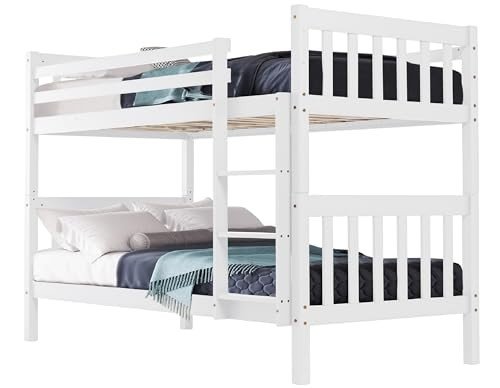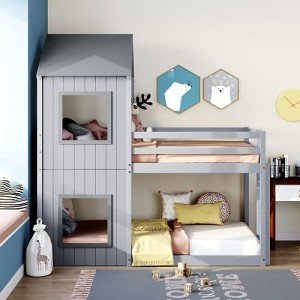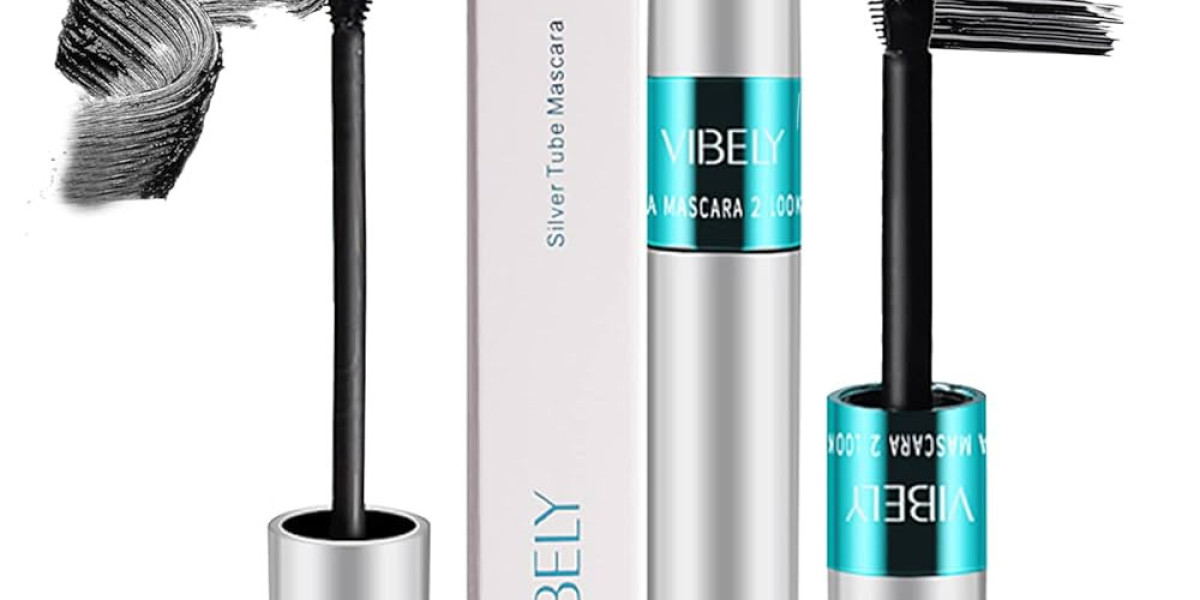Bunk Beds for Kids: A Comprehensive Guide
Bunk beds have been a popular option for children's bedrooms for years. They provide a space-saving solution that optimizes floor area, provides fun climbing up options, and comes in a range of designs that appeal to children's creativities. This short article explores the benefits, factors to consider, designs, and safety functions associated with bunk beds for kids.
Advantages of Bunk Beds
Bunk beds present multiple benefits that make them an appealing alternative for families. Here are some crucial advantages:

Space Saving
- Bunk beds enable two or more kids to share a space without compromising space for play or other activities.
Economical
- Getting a single bunk bed can be more affordable than purchasing two different beds.
Enjoyable Factor
- Kids frequently see bunk beds as an enjoyable location to sleep and play, promoting a sense of adventure.
Adaptability
- Bunk beds are available in different setups, including L-shaped, loft beds, and even convertible designs that can change as kids grow.
Company
- Lots of bunk beds feature integrated storage choices, such as racks and drawers, assisting keep rooms arranged.
Key Considerations Before Purchasing
Before buying a bunk bed, it's important to think about specific elements, such as:
Space Requirements
Procedure the space to guarantee that there suffices vertical space, enabling appropriate headroom on the leading bunk.Age of Your Children
Consider their age and maturity. Many manufacturers recommend that kids under six should not oversleep the top bunk due to safety concerns.Weight Limit
It's important to inspect the weight limits of the bunk bed for both the top and bottom bunks to make sure safety.Style Preferences
Select a design that matches the room's decoration and the children's choices.Product
Bunk beds are offered in various products, such as wood or metal. Each has its advantages and disadvantages concerning durability and looks.
Styles of Bunk Beds
Bunk beds can be found in numerous designs to fit various aesthetics and practical needs. Here's a list of some popular designs:
Standard Bunk Beds
Traditional stacked beds that consist of 2 beds developed one above the other.Loft Beds
A bed elevated high off the ground, with space below for a desk, play area, or storage.L-Shaped Bunk Beds
2 beds arranged in an L-shape, providing more floor space and a special design aspect.Twin Over Full Bunk Beds
These choices include a twin bed on top and a full-sized bed on the bottom, accommodating older kids or adults.Triple Bunk Beds
Created for three kids, these beds generally include 3 stacked beds, perfect for larger families.
Security Features to Consider
Making sure the safety of kids utilizing bunk beds is paramount. Here are some security features to look for before buying:
Guardrails
A bunk bed must consist of tough guardrails on the top bunk to prevent accidental falls.Ladders
Guarantee that the ladder is safely connected and simple for children to browse securely.Stability
Try to find bunk beds with lower centers of gravity and broad bases to offer better stability.Quality Construction
Select beds made from durable products that satisfy safety requirements, such as ASTM (American Society for Testing and Materials) policies.
FAQs About Bunk Beds
1. What age is appropriate for a leading bunk?Generally, kids aged six and older are suggested for sleeping in the leading bunk. 2. Are bunk beds safe for toddlers?Most specialists advise versus
placing young children in the leading bunk due to the
danger of falls and improper ladder use. 3. Can bunk beds be separated?Many bunk beds are developed to be separated into 2 standalone beds,
providing added versatility as children grow
. 4. How do I preserve a bunk bed?Regularly check for loose screws and use, keep mattresses clean, and ensure that the bunk bed is
stable to lengthen its life-span. 5.
Exist any special mattress requirements for bunk beds?Yes, mattresses for bunk beds need to fit snugly without leaving spaces. Usually, thinner mattresses
(around 6 to 8 inches )are recommended for top bunks for safety. Bunk beds use a versatile, practical, and enjoyable option for children's sleeping plans, taking full advantage of space while accommodating several kids in one space. By considering the important factors of design, security, and space, moms and dads can make a notified choice when picking the ideal bunk bed for their children's requirements. With the best care and upkeep, a bunk bed can be a precious furniture piece that supplies years of use and enjoyment for kids. Summary Table of Bunk Bed Styles Design Description Best For Standard Bunk Beds Traditional design, two stacked beds Smaller sized spaces Loft Beds Raised bed with open space underneath Research study or play locations L-Shaped Bunk Beds 2 beds in an L-shape Included floor space Twin Over Full Twin on leading,
full on bottom Accommodating older kids Triple Bunk Beds 3 stacked beds Larger families By understanding the numerous alternatives readily available, designated factors to consider for security and functionality, and suitable age guidelines, families can choose the best bunk bed that not only boosts their home however also makes sure a safe and pleasurable sleeping environment for their children. 








